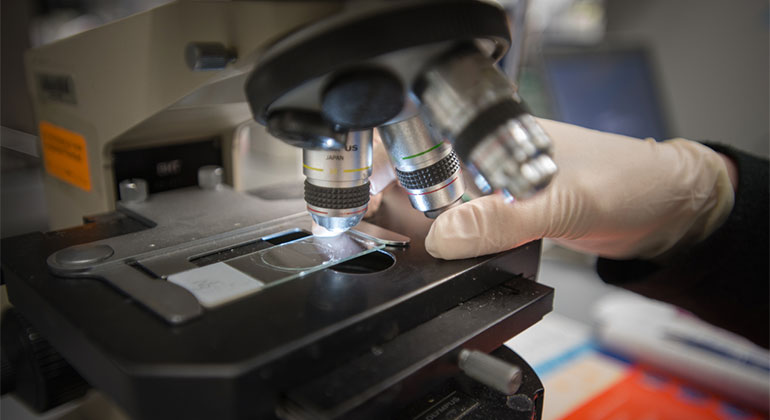Inter-Atrial Shunts May Benefit Some Heart Failure Patients While Harming Others
Mount Sinai-led study identifies type of heart failure for which device may be most useful

Inter-atrial shunts—investigational devices that create a small pathway for blood to pass from the left to the right side of the heart in order to improve heart failure symptoms and outcomes—may be beneficial to heart failure patients with reduced left ventricular ejection fraction (LVEF) but harmful or even deadly for heart failure patients with preserved LVEF, a new Mount Sinai-led study shows.
The findings of the RELIEVE-HF trial were announced during the opening late-breaking trial session at the American College of Cardiology Scientific Sessions on Saturday, April 6. This is the first study to analyze the impact of inter-atrial shunts in patients with both reduced and preserved LVEF and the first to show different outcomes in these two groups.
“Although further studies are required to confirm our observations, the present results strongly suggests that heart failure patients with reduced LVEF may benefit from these devices,” says Gregg W. Stone, MD, one of the Principal Investigators of RELIEVE-HF, who presented the trial results.
“Furthermore, this study serves as a warning to cardiologists: inter-atrial shunt treatment in heart failure patients with preserved LVEF may increase hospitalizations for heart failure and even mortality. This is especially relevant to geographies such as Europe where numerous inter-atrial shunt devices have already been approved for general use based on earlier small studies,” adds Dr. Stone, who is Director of Academic Affairs for the Mount Sinai Health System and Professor of Medicine (Cardiology), and Population Health Science and Policy, at the Icahn School of Medicine at Mount Sinai.
Inter-atrial shunts are small (5-10 millimeter diameter) permanent devices, placed in the heart via a minimally invasive catheter-based procedure, that connect the left and right atria. The shunt allows blood to pass from left to right to reduce high pressures in the left atrium that can cause shortness of breath and hospitalizations for heart failure.
Roughly half of all patients with heart failure have preserved LVEF, which means the left ventricle pumps out at least 50 percent of the normal amount of blood. In these patients, the heart’s left ventricle is too stiff to properly fill with blood. In the other type of heart failure, reduced LVEF, the heart’s left ventricle pumps out blood below normal levels with an ejection fraction of 40 percent or less. Patients with a LVEF between 40 and 50 percent were historically considered to have preserved ejection fraction, but now they are often classified as having “mildly reduced” LVEF.
In this trial, researchers randomized 508 symptomatic heart failure patients at 101 sites in 11 countries between October 2018 and October 2022. Within the study group, 205 patients had reduced LVEF (40 percent or less) and 303 had preserved LVEF (above 40 percent). Roughly half of the patients in each group got the Ventura inter-atrial shunt (made by V-Wave Medical) and the other half had a placebo procedure blinded to the patient, families, and health care providers. The patients were studied for up to two years after treatment, with a 22-month median follow-up.
Investigators analyzed the safety of the procedure, defined as the 30-day rate of device-related or procedure-related adverse cardiac events (all-cause death, stroke, systemic embolism, need for open cardiac surgery, or major endovascular surgical repair) in the reduced and preserved LVEF groups; heart failure hospitalizations; worsening heart failure symptoms and events at home; and improvement in quality of life. The effectiveness of the procedure was measured from most to least important by factors that included, in order from high to low, all-cause death, cardiac transplantation or left ventricular assist device implantation, hospitalizations for heart failure, worsening heart failure symptoms requiring medical attention outside of the hospital setting, and change in quality of life from baseline as measured by the Kansas City Cardiomyopathy Questionnaire overall summary score through a maximum two-year follow-up, assessed when the last enrolled patient reached one-year follow-up after randomization.
In the entire study, no adverse safety events related to the device or the procedure occurred either within 30 days or two years, demonstrating the safety of the inter-atrial shunt. There were no overall improvements in the primary effectiveness endpoint, including no changes in prognosis or quality of life, when the results were analyzed in all patients. However, the outcomes were dependent on whether patients had reduced or preserved LVEF: 49 percent of reduced-LVEF patients had adverse cardiovascular events per year after shunt treatment compared with 88.6 percent of those with a placebo procedure, a 45 percent reduction that was highly statistically significant (P<0.0001). In contrast, among patients with preserved LVEF, 60.2 percent had adverse cardiovascular events per year after shunt treatment compared with 35.9 percent in the placebo group, a 68 percent increase (P=0.0001).
More specifically, the cardiovascular benefits from the shunt in reduced-LVEF patients were driven by 48 percent fewer hospitalizations for heart failure. The worse cardiovascular outcomes in preserved-LVEF patients were linked to a 224 percent increase in all-cause death and a 105 percent increase in hospitalizations for heart failure in shunt patients.
“When we began this study we weren’t sure if the outcomes in patients with reduced and preserved LVEF would be similar. We were surprised with how different they are,” says Dr. Stone. “Heart failure patients with LVEF at or under 40 percent have a poor prognosis and often can’t tolerate medical therapy. Inter-atrial shunt treatment may markedly improve their lives. The present results warrant the need for future studies in these patients to confirm our findings. Conversely, our results question the safety of using inter-atrial shunts in heart failure patients with LVEF above 40 percent.”
The RELIEVE-HF trial was funded by V-Wave Ltd., Caesarea, Israel.
Figure: Win ratio analysis for the primary hierarchical composite effectiveness outcome in the full intention-to-treat population
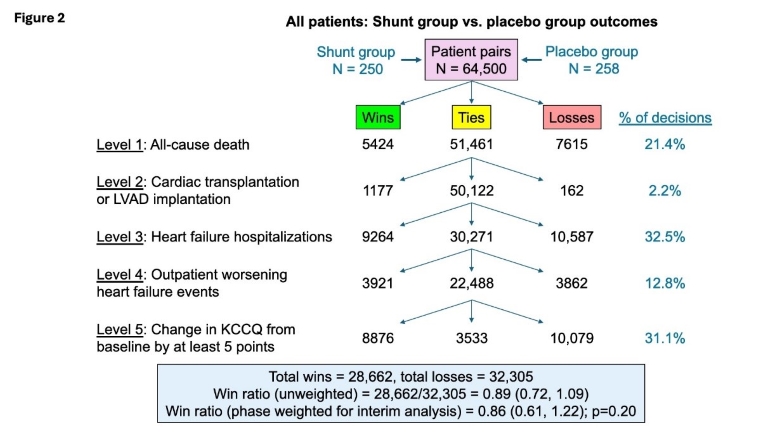
The numbers of wins, losses and ties for all pairs of patients at each level of the win ratio hierarchy are shown, as well as the method for calculation of the win ratio (number of wins in the shunt group divided by number of ties in the shunt group). The unadjusted win ratio was then adjusted for the numbers of pairs of patients examined before vs. after the interim analysis according to the method of Cui L et al.17 The proportion of total decisions at each level of the hierarchy (wins or losses at that level divided by the total number of wins plus losses) that contributed to the final win ratio are also shown.
Mount Sinai is a World Leader in Cardiology and Heart Surgery
Mount Sinai Fuster Heart Hospital at The Mount Sinai Hospital ranks No. 1 in New York and No. 4 globally according to Newsweek’s “The World’s Best Specialized Hospitals.” It also ranks No. 1 in New York for cardiology, heart, and vascular surgery, according to U.S. News & World Report®.
It is part of Mount Sinai Health System, which is New York City's largest academic medical system, encompassing eight hospitals, a leading medical school, and a vast network of ambulatory practices throughout the greater New York region. We advance medicine and health through unrivaled education and translational research and discovery to deliver care that is the safest, highest-quality, most accessible and equitable, and the best value of any health system in the nation. The Health System includes approximately 7,400 primary and specialty care physicians; 13 joint-venture outpatient surgery centers throughout the five boroughs of New York City, Westchester, Long Island, and Florida; and more than 30 affiliated community health centers. Hospitals within the System are consistently ranked by Newsweek’s® “The World’s Best Smart Hospitals” and by U.S. News & World Report's® “Best Hospitals” and “Best Children’s Hospitals.” The Mount Sinai Hospital is on the U.S. News & World Report's® “Best Hospitals” Honor Roll for 2023-2024.
For more information, visit https://www.mountsinai.org or find Mount Sinai on Facebook, Twitter and YouTube.
About the Mount Sinai Health System
Mount Sinai Health System is one of the largest academic medical systems in the New York metro area, with 48,000 employees working across seven hospitals, more than 400 outpatient practices, more than 600 research and clinical labs, a school of nursing, and a leading school of medicine and graduate education. Mount Sinai advances health for all people, everywhere, by taking on the most complex health care challenges of our time—discovering and applying new scientific learning and knowledge; developing safer, more effective treatments; educating the next generation of medical leaders and innovators; and supporting local communities by delivering high-quality care to all who need it.
Through the integration of its hospitals, labs, and schools, Mount Sinai offers comprehensive health care solutions from birth through geriatrics, leveraging innovative approaches such as artificial intelligence and informatics while keeping patients’ medical and emotional needs at the center of all treatment. The Health System includes approximately 9,000 primary and specialty care physicians and 10 free-standing joint-venture centers throughout the five boroughs of New York City, Westchester, Long Island, and Florida. Hospitals within the System are consistently ranked by Newsweek’s® “The World’s Best Smart Hospitals, Best in State Hospitals, World Best Hospitals and Best Specialty Hospitals” and by U.S. News & World Report's® “Best Hospitals” and “Best Children’s Hospitals.” The Mount Sinai Hospital is on the U.S. News & World Report® “Best Hospitals” Honor Roll for 2025-2026.
For more information, visit https://www.mountsinai.org or find Mount Sinai on Facebook, Instagram, LinkedIn, X, and YouTube.
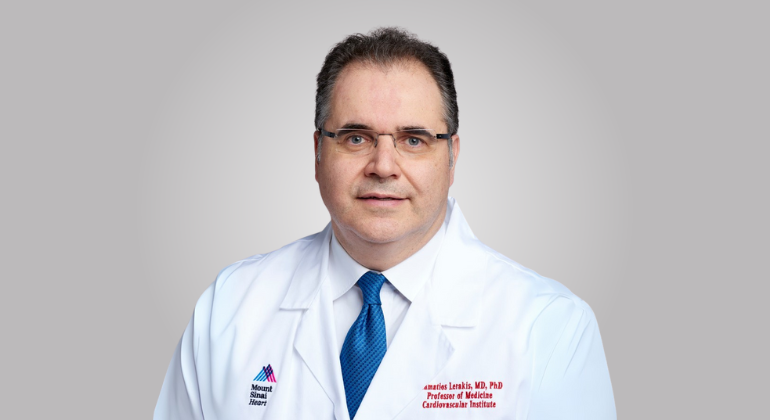
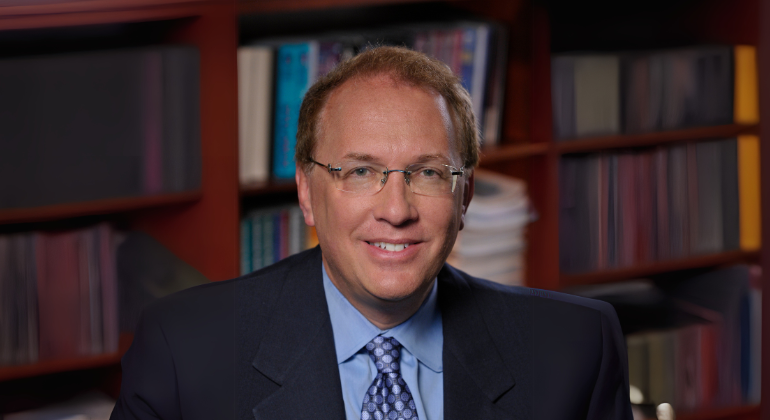
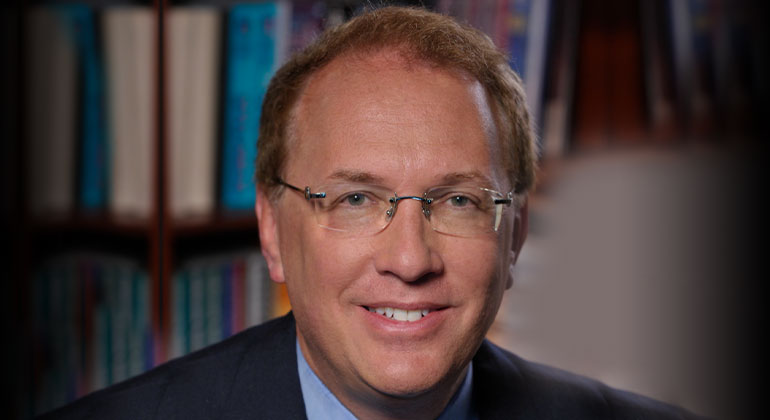

.jpg)
